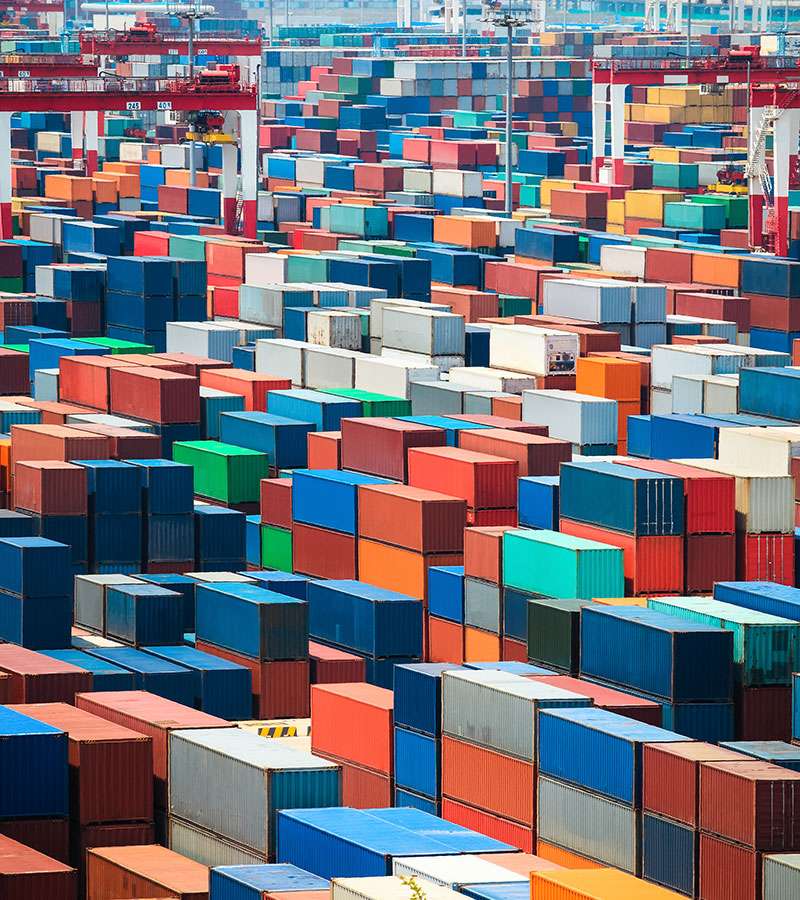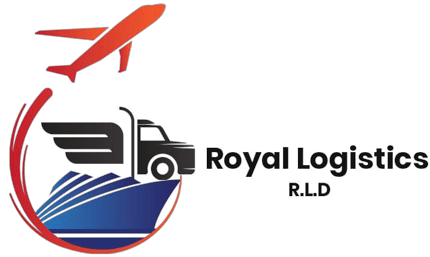Packaging Logistics
Our Packing and Lashing Services Are Unparalleled in The Region. Cargo Lashing and Packing Are Important Steps to Cargo Dispatch and Require Experienced Handlers to Execute Efficiently to Ensure Safe and Secure Transportation of Goods.
Proper Packaging and Lashing Techniques Implemented by Experienced Cargo Handlers Will Allow for Safe Transportation of Goods with No Effects of Damage from Shipping.
Our Packaging Solutions Include Package Designing / Repacking Services, Inner Packing Services, Wooden Packing Services, Metal Barrier Foil, Vacuum Packing Services, Thermostatic Packing Services, Heavy Duty Shrink Wrap Services and Misc. Packaging and Lashing Services.
Packaging Services also Include
- Multi Wrapping
- VCI Foil Packing (Anti Corrosive Packing)
- Aluminum Barrier Packing (Vacuum Packing)
- Customized Packing (Wooden Boxes)
- Dangerous Goods Packing
- Honeycomb Pallets & Boxes – Eco Friendly
- Skidding
- Offshore Oil & Gas Projects
- Oil Rig Packing
- Onsite Packing
- Lashing Of Project Cargo
- Pipe Lashing & Bundling
- Lashing Cargo Inside Shipping Line Containers
- Lashing Cargo on Flat Racks
- Lashing Breakbulk Cargo on Container Vessels
- Lashing & Lifting Material Supplies for Vessels
- Lifting Beams
- Modular Spreader Beams
- Storage / Warehousing
- Survey At Client Site
Industrial Packaging
- Palletizing
- Wooden Box
- VCI Packaging
- Aluminum Barrier (Vacuum Packaging)
- Multi Wrapping (Heat Shrink Film Wrapping)
- Intercept
- Bundling
Packaging logistics is an essential aspect of the supply chain management process. It involves the planning, implementation, and control of the movement and storage of products, materials, and goods from the point of origin to the point of consumption. Packaging plays a crucial role in ensuring that the products are transported safely, securely, and in good condition, and it helps to protect the products from damage or contamination during transit.
The packaging logistics process involves several stages, starting with the design of the packaging itself. The packaging must be designed to meet the specific needs of the product, taking into account factors such as its size, shape, weight, and fragility. The packaging must also be able to withstand the rigors of transportation, including handling, vibration, temperature changes, and environmental conditions.
Once the packaging has been designed, it must be manufactured, assembled, and filled with the product. This requires careful coordination between the packaging supplier, the product manufacturer, and the logistics provider. The packaging must be delivered to the product manufacturer on time and in the right quantity, and it must be filled with the product in a way that maximizes efficiency and minimizes waste.
After the products have been packaged, they must be transported to their destination. This involves selecting the right mode of transportation, such as truck, rail, air, or sea, and ensuring that the products are loaded and secured properly. The logistics provider must also ensure that the products are delivered to the right location on time and in good condition.
Throughout the packaging logistics process, there are several key factors to consider. One of the most important is sustainability. Packaging materials can have a significant impact on the environment, and logistics providers must work to minimize this impact by using eco-friendly materials and minimizing waste. Another important factor is cost-effectiveness. Logistics providers must balance the cost of packaging materials and transportation with the need to ensure that the products are delivered on time and in good condition.
Conclusion
In conclusion, packaging logistics is a critical component of the supply chain management process. It involves the careful planning, implementation, and control of the movement and storage of products, materials, and goods, and it plays a key role in ensuring that the products are transported safely, securely, and in good condition. Logistics providers must consider factors such as sustainability, cost-effectiveness, and efficiency when designing and implementing packaging logistics solutions.
Frequently Asked Question
Here are some frequently asked questions (FAQs) about Packaging logistics services:
Packaging logistics is the process of planning, implementing, and controlling the movement and storage of products, materials, and goods from the point of origin to the point of consumption. It involves designing and manufacturing packaging that meets the specific needs of the product, ensuring that the packaging is filled and transported safely and securely, and minimizing the environmental impact of packaging materials.
Packaging logistics is important because it plays a critical role in ensuring that products are transported safely, securely, and in good condition. Proper packaging can protect products from damage or contamination during transit, reducing the risk of losses or returns. It can also help to minimize the environmental impact of packaging materials and reduce costs by optimizing transportation and logistics processes.
The key factors to consider in packaging logistics include sustainability, cost-effectiveness, and efficiency. Sustainable packaging materials and practices can help to minimize the environmental impact of packaging, while cost-effective packaging solutions can reduce transportation and logistics costs. Efficient packaging solutions can help to optimize the use of storage space, minimize waste, and reduce the risk of product damage or contamination during transit.
Logistics providers ensure that products are transported safely and securely by selecting the appropriate mode of transportation and ensuring that the products are loaded and secured properly. They may also use specialized packaging materials, such as cushioning or insulation, to protect the products from damage or contamination during transit.
Logistics providers can minimize the environmental impact of packaging materials by using eco-friendly materials, such as biodegradable or recycled materials, and by minimizing waste through efficient packaging design and manufacturing processes. They may also use alternative transportation modes, such as rail or sea, that are less carbon-intensive than traditional trucking.


